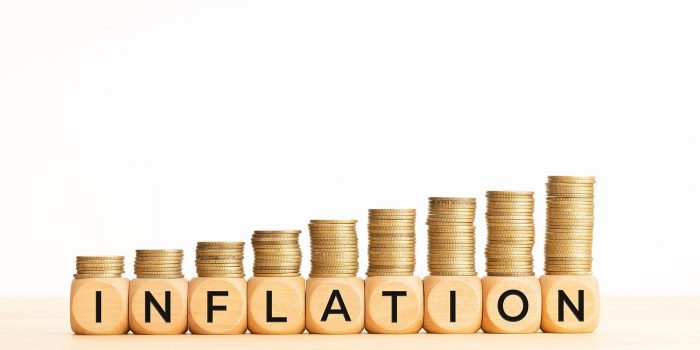In the final week of January, the ABS released the latest inflation figures for Australia over the December 2021 quarter. Inflation measures the change in the price of a basket of goods over time, and is a good measure of how supply and demand pressures are playing out in the economy. It has been one of the key economic metrics to watch out for in the housing sector, because a rise in inflation could be the trigger for the Reserve Bank of Australia to lift the cash rate target.
Housing market implications
When the cash rate rises, housing values could experience some downwards pressure. Testing the correlation between the cash rate and the national CoreLogic Home Value Index between January 2002 and January 2022 shows an inverse correlation of 84.7%. Lagging the cash rate by up to a year increases the strength of the correlation, which suggests it takes some time for movements in the cash rate to have their maximum effect on the property market. Consecutive increases or reductions in the cash rate will also play a role in the correlation becoming stronger over time.
This inverse pattern between the cash rate and home values is shown in figure 2, which plots movements in the cash rate and national dwelling values over time. However, there are periods where the relationship has not always held.
This is because a range of factors can influence housing market outcomes. For example, the introduction of macro-prudential credit policies in December 2014, and September 2017, resulted in some temporary downwards pressure on housing values. These became more significant as tighter credit conditions (associated with the Royal Commission into Misconduct in the Banking, Superannuation and Financial Services Industry) flowed through to less credit availability and softer housing outcomes. This downswing phase occurred despite the cash rate being held at historically low levels for the time.
It is reasonable to expect households would be more sensitive to the cost of debt when household debt levels are elevated – as they are currently. RBA data to September 2021 showed the ratio of housing debt to household income at reached a record high of 140.5%. With this in mind, households are likely to be more sensitive to movements in the cost of debt than they have been in the past.



